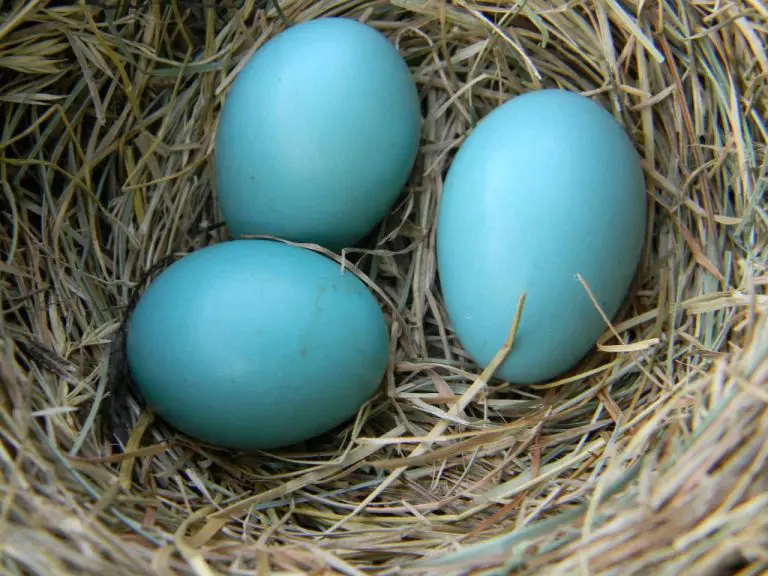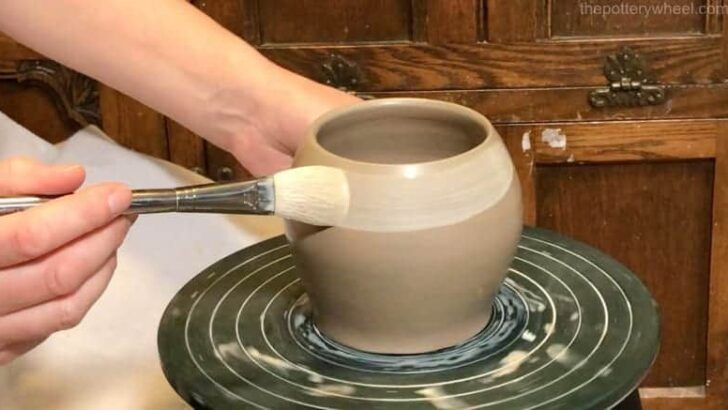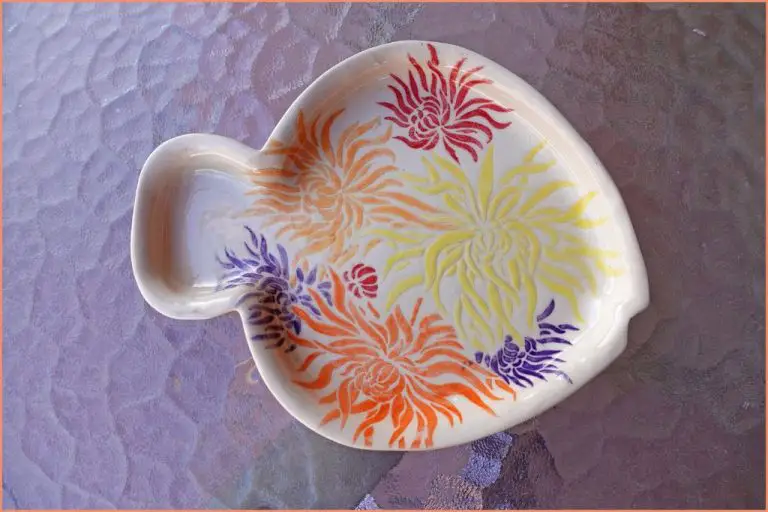How Do You Make Baking Clay?
Baking clay, also known as polymer clay, is a modeling compound made from polymers, fillers, and coloring agents. It is a popular material for artists and crafters to shape into creative sculptures, jewelry, ornaments, doll accessories, and more. Unlike natural clays like potter’s clay, baking clay does not require firing in a high-heat kiln. Instead, polymer clay sculptures are cured and hardened in a regular home oven at around 265°F (130°C) for 15 minutes per 1/4 inch thickness.
The resulting baked clay is lightweight, very durable, and flexible. Polymer clay remains elastic and moldable in its raw form, allowing time for shaping intricate details before it is cured in the oven. The baking process causes the plasticisers in the clay to permanently set the shape. Baked polymer clay can be painted, sanded, drilled, and further decorated since the cured clay is a solid plastic material.
Ingredients Needed
There are four main ingredients needed to make baking clay at home:
- Flour – All purpose flour works best. The flour gives the clay its doughy texture that can be molded and shaped.
- Salt – Just a pinch of salt is needed. Salt is added for flavor and also helps strengthen the dough.
- Water – Water hydrates the dough and enables it to bind together. The amount of water controls the consistency.
- Oil – A small amount of vegetable oil or other neutral tasting oil helps keep the dough workable and not too sticky.
These basic pantry ingredients are likely already on hand, making baking clay an accessible DIY craft.
Recipe Ratios
When making baking clay at home, the typical recipe calls for a 2:1 ratio of baking soda to cornstarch. This means for every 2 cups of baking soda, you’ll need 1 cup of cornstarch. The liquid added, typically cold water, is usually about 1/4 to 1/3 of the total dry amount. So for 2 cups baking soda and 1 cup cornstarch (3 cups total dry), you’ll need around 3/4 to 1 cup cold water.
Here is an example recipe with the typical ratios:
- 2 cups baking soda
- 1 cup cornstarch
- 3/4 cup cold water
You can adjust these ratios slightly based on the consistency you’re looking for. More liquid will make a smoother dough, while less liquid will make it firmer. But staying close to a 2:1:1 ratio is a good starting point.
Mixing the Ingredients
Mixing the ingredients for baking clay properly is a crucial step in the process. Here are the instructions for combining the ingredients to form the dough:
1. In a large bowl, combine the flour and salt. Use a whisk to mix them together well.
2. Add the water and oil to the dry mixture. Pour the liquids in slowly while stirring constantly with a wooden spoon or rubber spatula.
3. Once the liquids have been added, continue mixing until the dough begins to form. At first it will be shaggy and crumbly looking. Keep stirring until it starts holding together.
4. After 1-2 minutes of stirring, the dough should become cohesive and pull away from the sides of the bowl. It should be soft with some stickiness to it, but not overly sticky.
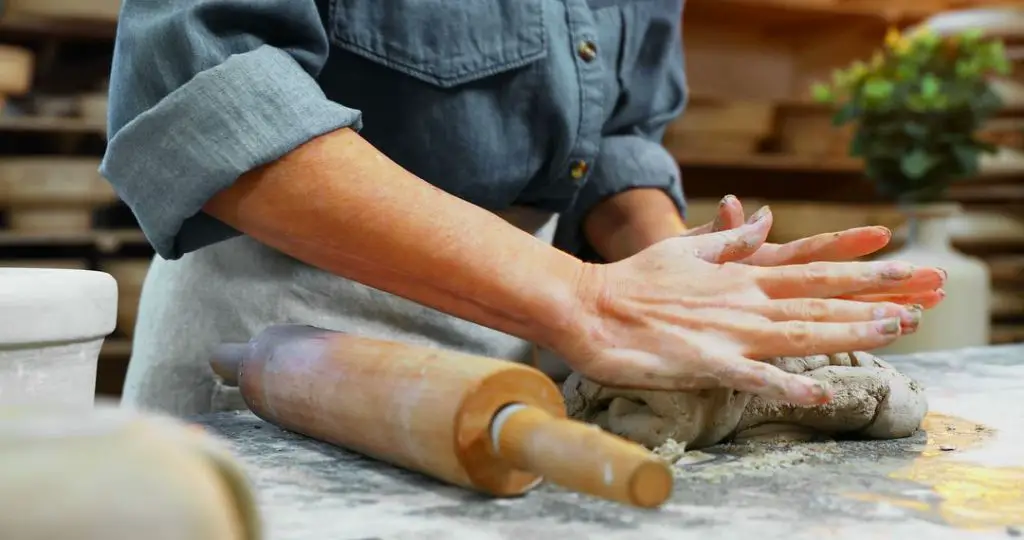
5. Lightly flour your hands and knead the dough together gently with your fingers in the bowl to finish incorporating all of the flour. The dough is now ready for the kneading stage.
Kneading the Dough
Kneading is a critical step in creating high quality baking clay that is smooth and has an even consistency. The technique for properly kneading baking clay dough takes practice but following some simple guidelines can help ensure your clay turns out perfectly kneaded.
The most important technique during the kneading process is to push into the dough while folding it over itself repeatedly. You want to really work the dough by pressing down and pushing in as you fold. This helps distribute the ingredients evenly throughout. The folding motion is key as it develops the gluten strands in the flour which gives the clay its elasticity.
Knead the clay on a clean, dry surface like a countertop or large cutting board. Apply even pressure as you push into the dough and fold it over onto itself. Rotate the dough 90 degrees each time you fold it so that you work in all directions. It can take 5-10 minutes of continuous kneading to get a smooth, elastic dough. Well kneaded clay should easily stretch without tearing when you pull on it gently.
Resist adding extra flour during kneading which can cause cracking after baking. If the clay is too sticky, allow it to rest for 5 minutes then resume kneading – the flour will continue to absorb moisture with time. Kneading baking clay thoroughly takes some elbow grease but is essential for sculptures that hold their shape without cracks.
Rolling Out
Once the dough has been thoroughly kneaded, it’s time to roll it out to your desired thickness. This is an important step for getting an even thickness before sculpting your creations.
Start by lightly dusting your work surface with flour – this prevents the dough from sticking. Form the kneaded dough into a ball. Place the dough ball in the center of your floured surface.
Using a rolling pin, gently roll over the dough, applying even pressure. Roll in different directions – up and down, side to side, diagonally, etc. Turn the dough ball as you roll to ensure it doesn’t stick.
Continue rolling until the dough is an even thickness all over. The thinner you roll the dough, the more delicate the finished piece will be after baking. For sturdier sculptures, keep the dough a bit thicker. Dust with flour as needed to prevent sticking.
Take care not to overwork the dough. Stop rolling if the dough starts to feel tough. The dough is now ready for sculpting!
Sculpting
When sculpting with baking clay, there are some tips to keep in mind for best results:
-
Work on a smooth, clean surface like a tabletop or countertop. Avoid sculpting directly on fabric, which can leave imprints.
-
Keep your hands and sculpting tools clean by wiping them frequently with a damp cloth or paper towel.
-
Use sculpting tools like popsicle sticks, toothpicks, and dull butter knives to help shape details and textures.
-
Mist the clay with water often to prevent cracking and drying out as you sculpt intricate designs.
-
Avoid handling the clay too much, which can warm it up and make sculpting more difficult.
-
Work carefully and smoothly when adding new pieces of clay to avoid obvious seams.
-
Let gravity help stretch and shape the clay as you hold pieces vertically or upside down.
-
Visualize your finished piece as you sculpt to maintain proper proportions and perspective.
-
Keep leftover clay wrapped in plastic wrap or a sealed bag to prevent drying out between sculpting sessions.
With practice and patience, you can create amazing clay sculptures using basic baking clay. Just take your time and remember these tips for best results.
Baking the Sculpture
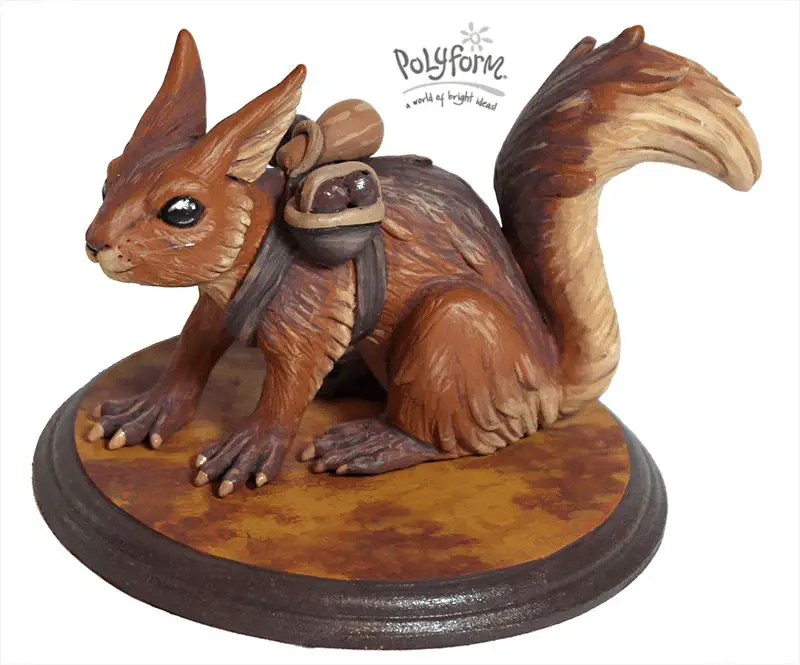
After the clay sculpture has been formed, it needs to be baked in the oven to harden it. Choosing the right temperature and baking time is crucial for getting the best results.
For baking polymer clay, the ideal oven temperature is between 275°F to 325°F. Any hotter than that can risk the sculpture scorching or burning. Typically, 275°F is recommended for thinner sculpts while 325°F works better for thicker ones.
As for baking times, it can range anywhere from 15 minutes to over an hour depending on the thickness and size of the sculpture. A good rule of thumb is to bake it for 30-60 minutes per 1/4 inch of thickness. Thinner pieces may only need 15-20 minutes while thicker sculpts can require over an hour to fully cure in the center.
It’s important to check the clay packaging for specific temperature and time recommendations as well. Bake times may need to be extended for solid blocks of clay versus thin sheets or layers. Underbaking can result in clay remaining sticky or soft while overbaking can cause burning and cracks.
Baking polymer clay properly ensures your sculpture will fully harden into a durable, finished art piece able to withstand handling and display. With the right combination of temperature, time, and monitoring doneness, you can achieve successful results.
Painting
While coloring baking clay is optional, it can add visual interest and appeal to finished sculptures. There are a few simple painting techniques you can try:
- Acrylic paint – After baking, acrylic paint can be used to color the surface. Acrylics work well on polymer clay and allow you to achieve bright, opaque colors. Apply acrylics in thin layers and allow paint to dry completely before adding another coat.
- Chalk pastels – For a softer look, try applying chalk pastels to the baked clay sculpture. Using a cotton swab, lightly rub the pastel across the surface to deposit color. Blend with a dry brush for smooth coverage.
- Glazes – Liquid glazes are made specifically for polymer clay and produce a glossy finish. Brush glaze on evenly and wipe away excess. Allow to dry fully before handling the finished piece.
Be sure to seal painted clay with a protective varnish or glaze. Take care not to over-handle soft painted pieces before the paint has set.
Storing Leftovers
If you have leftover clay after completing your sculpture or project, it’s important to store it properly so it stays soft and workable for next time. Here are some tips for storing unused clay:
Wrap the clay tightly in plastic wrap or place it in a resealable plastic bag, squeezing out any excess air. This prevents the clay from drying out. Store homemade clay in an airtight container or bag in a cool, dry place away from direct sunlight. The fridge is an ideal storage spot. The cool temperature will keep the clay soft and prevent it from hardening.
If storing clay for more than a few days, consider placing a damp paper towel in the airtight container or bag. This will help maintain the moisture content. Be sure to remoisten the paper towel periodically if storing for longer durations.
When ready to use again, simply knead the clay briefly to restore elasticity before sculpting or rolling. Add a few drops of water while kneading if the clay has dried out slightly. With proper storage, homemade clay can last for weeks or even months.

